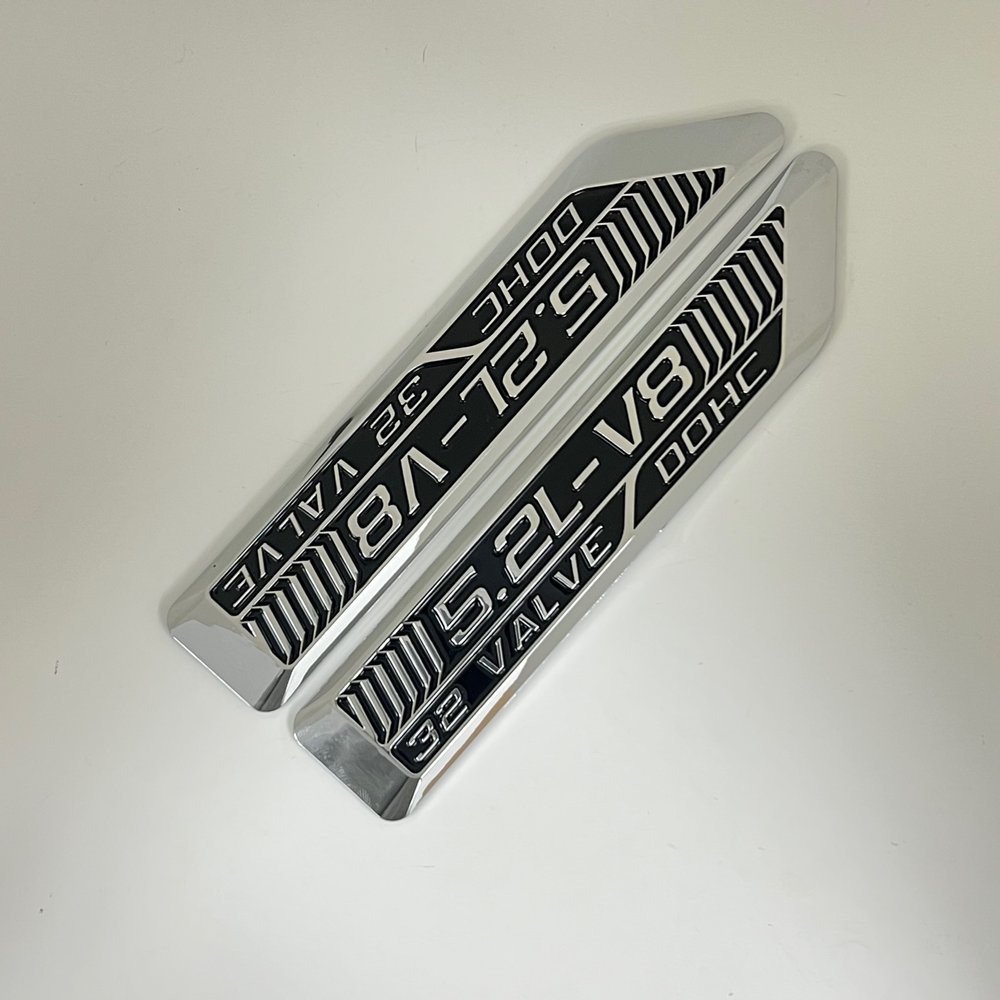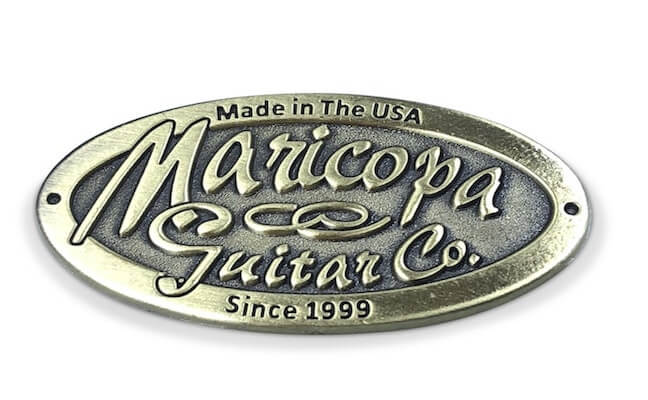From Principle to Production: Crafting an Unique Custom Emblem
From Principle to Production: Crafting an Unique Custom Emblem
Blog Article
Developing a Lasting Impact With Custom-made Emblems: Design Tips and Concepts
The development of a customized symbol is a pivotal step in developing a brand's identification, yet several forget the subtleties that add to its effectiveness (Custom Emblem). A well-executed layout not just communicates core values however additionally resonates with target audiences on numerous degrees. Concentrating on aspects such as shade option, typography, and symbolic relevance can improve the symbol's influence. As we explore these important parts, it becomes clear that there is more to crafting an emblem than simple visual appeals; recognizing these concepts can transform your method to brand name depiction. What vital facets should be prioritized for maximum result?
Comprehending Your Brand Identity
Understanding your brand name identification is critical for creating personalized symbols that reverberate with your target audience. Your brand identity incorporates the worths, objective, and personality that define your company. It acts as the structure for all graphes, including customized emblems. By clearly expressing what your brand name stands for, you can ensure that the layout components of your emblem reflect these core concepts.

Following, determine key qualities of your brand, such as reliability, individuality, or innovation. These characteristics must guide the style procedure, influencing shapes, icons, and typography. A well-defined brand identification not just aids in producing a remarkable emblem but likewise cultivates brand loyalty and acknowledgment. Ultimately, a symbol that truly mirrors your brand identity will produce a purposeful link with your audience, enhancing your message and boosting your overall brand technique.
Selecting the Right Color Styles
Picking the ideal shades for your personalized symbol plays an essential duty in communicating your brand name's identity and message. Colors stimulate feelings and can substantially affect perceptions, making it necessary to pick colors that resonate with your target audience. Begin by considering the emotional influence of shades; for example, blue commonly communicates count on and professionalism and reliability, while red can evoke excitement and necessity.
It is likewise vital to straighten your color selections with your brand name's values and industry. A technology business may go with trendy colors, such as blues and greens, to mirror advancement and dependability, whereas a creative firm may accept vibrant and vibrant shades to showcase creativity and power.
Additionally, take into consideration the shade harmony in your style. Utilizing a shade wheel can help you determine complementary or similar colors that develop visual equilibrium. Go for an optimum of three primaries to maintain simpleness and memorability.
Typography and Font Option
A well-chosen font style can significantly improve the impact of your custom-made symbol, making typography and font style option vital elements of the design process. The typeface should line up with the brand review name's identity, communicating the ideal tone and message. A modern-day sans-serif font style may stimulate a feeling of innovation and simplicity, while a traditional serif typeface can communicate tradition and dependability.
When picking a font, consider legibility and scalability. Your emblem will be used across various media, from business cards to billboards, so the font needs to continue to be clear at any kind of dimension. Furthermore, prevent excessively ornamental font styles that may interfere with the overall design and message.
Combining fonts can also develop aesthetic passion however needs link careful pairing. Custom Emblem. A common approach is to make use of a vibrant typeface for the main text and a corresponding lighter one for second aspects. Consistency is key; restrict your choice to two or three typefaces to preserve a cohesive appearance
Including Significant Symbols

As an example, a tree might represent development and stability, while an equipment may symbolize technology and precision. The key is to make certain that the symbols resonate with your target audience and mirror your brand's goal. Take part in brainstorming sessions to gather and discover different concepts input from diverse stakeholders, as this can generate a richer range of alternatives.
Additionally, think about exactly how these icons will work in combination with various other design elements, such as colors and typography, to produce a natural and impactful emblem - Custom Emblem. Ultimately, the best signs can boost recognition and promote a stronger emotional link with your target market, making your brand name memorable and purposeful.
Guaranteeing Convenience and Scalability
Ensuring that your customized emblem is scalable and flexible is crucial for its performance throughout different applications and tools. A properly designed emblem should maintain its integrity and visual appeal whether it's displayed on a calling card, a website, or a large banner. To attain this, concentrate on developing a layout that is basic yet impactful, preventing intricate details that might end up being lost at smaller sizes.

Checking your emblem in various layouts and dimensions is important. Evaluate how it executes on various backgrounds and in numerous settings to ensure it stays recognizable and efficient. By focusing on convenience and scalability in your layout process, you will certainly develop a symbol that stands the test of time and successfully represents your brand across all touchpoints.

Final Thought
To conclude, the production of customized emblems necessitates a tactical method that harmonizes various design elements, consisting of brand identification, color choice, typography, and symbolic depiction. Emphasizing simplicity and scalability makes certain that the symbol stays flexible throughout various applications, while purposeful icons improve psychological vibration with the audience. By meticulously integrating these parts, brand names visit our website can cultivate a distinct identification that promotes recognition and leaves a long lasting impact on consumers.
A well-defined brand identification not just help in creating an unforgettable symbol yet also promotes brand name commitment and recognition. Ultimately, an emblem that really shows your brand name identification will certainly create a meaningful connection with your audience, strengthening your message and enhancing your general brand technique.
Choosing the ideal shades for your personalized symbol plays a pivotal role in conveying your brand's identity and message. By prioritizing versatility and scalability in your design process, you will create an emblem that stands the test of time and effectively represents your brand throughout all touchpoints.
In verdict, the production of personalized symbols demands a calculated technique that balances various style elements, consisting of brand name identification, color choice, typography, and symbolic representation.
Report this page